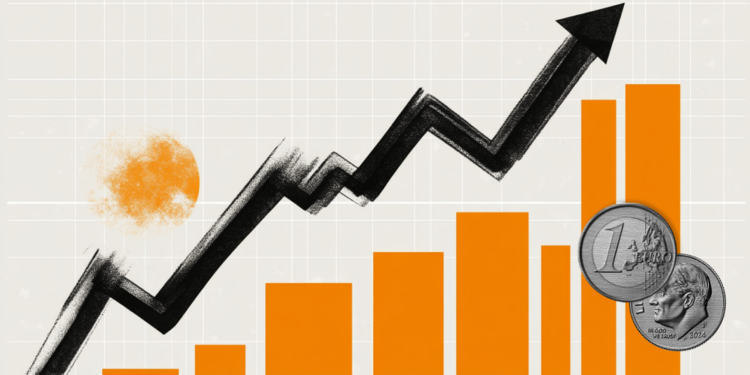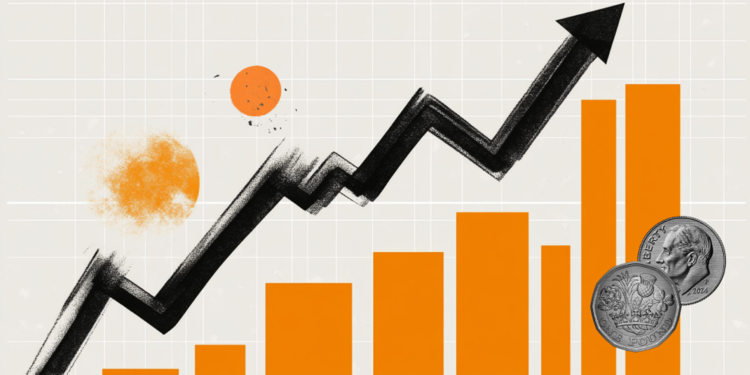- USD/CAD remains near a two-week low hit amid a dovish Fed-inspired USD slide.
- The recent recovery in oil prices is supporting the CAD and helping to limit the pair’s gains.
- Expectations of a larger rate cut by the BoC act as a headwind for the CAD and limit losses.
The USD/CAD pair is struggling to gain significant traction during the Asian session on Friday and is currently trading around the 1.3555 region, well within range of a near two-week low touched the previous day.
The US Dollar (USD) remains under some selling pressure for the second consecutive day and weakens near its lowest level since July 2023, reached in reaction to the Federal Reserve’s (Fed) large-scale interest rate cut on Wednesday. Moreover, Fed members projected another 50 basis point decline in borrowing costs by the end of this year, which, coupled with the prevailing risk-off mood, weighs on the safe-haven USD and acts as a headwind for the USD/CAD pair.
Meanwhile, crude oil prices consolidate the recent strong move higher to a more than two-week high and remain on track to post gains for the second consecutive week amid concerns over dwindling global stockpiles. Moreover, rising tensions in the Middle East offer some support to crude, benefiting the commodity-linked CAD and helping to limit gains in the USD/CAD pair, although dovish expectations from the Bank of Canada (BoC) help limit the downside.
Markets started pricing in the possibility of a larger 50bp rate cut by the BoC next month after data released this week showed that Canada’s CPI posted its smallest increase since February 2021 and underlying measures fell to their lowest level in 40 months. This, in turn, is holding back bulls from placing aggressive bets on the Canadian dollar (CAD) and is lending some support to the USD/CAD pair ahead of the release of Canadian retail sales data on Friday.
Besides this, traders will take cues from BoC Governor Tiff Macklem’s speech later during the early North American session, which, along with oil price dynamics, should influence the CAD. Additionally, comments from Philadelphia Fed President Patrick Harker and the overall risk sentiment will boost demand for the USD, which should provide some impetus to the USD/CAD pair. Nevertheless, spot prices look set to post losses for the first time in the past three weeks.
The Fed FAQs
Monetary policy in the United States is directed by the Federal Reserve (Fed). The Fed has two mandates: to achieve price stability and to promote full employment. Its main tool for achieving these goals is to adjust interest rates. When prices rise too quickly and inflation exceeds the Fed’s 2% target, the Fed raises interest rates, increasing borrowing costs throughout the economy. This translates into a strengthening of the US Dollar (USD), as it makes the US a more attractive place for international investors to park their money. When inflation falls below 2% or the unemployment rate is too high, the Fed can lower interest rates to encourage borrowing, which weighs on the greenback.
The Federal Reserve (Fed) holds eight meetings a year, at which the Federal Open Market Committee (FOMC) assesses economic conditions and makes monetary policy decisions. The FOMC consists of twelve Federal Reserve officials: the seven members of the Board of Governors, the president of the Federal Reserve Bank of New York, and four of the eleven regional Reserve bank presidents, who serve one-year terms on a rotating basis.
In extreme situations, the Federal Reserve may resort to a policy called Quantitative Easing (QE). QE is the process by which the Fed substantially increases the flow of credit into a jammed financial system. It is a non-standard policy measure used during crises or when inflation is extremely low. It was the Fed’s weapon of choice during the Great Financial Crisis of 2008. It involves the Fed printing more dollars and using them to buy high-quality bonds from financial institutions. QE typically weakens the US dollar.
Quantitative tightening (QT) is the reverse process of QE, whereby the Federal Reserve stops buying bonds from financial institutions and does not reinvest the capital of maturing bonds in its portfolio to buy new bonds. It is usually positive for the value of the US dollar.
Source: Fx Street
I am Joshua Winder, a senior-level journalist and editor at World Stock Market. I specialize in covering news related to the stock market and economic trends. With more than 8 years of experience in this field, I have become an expert in financial reporting.







